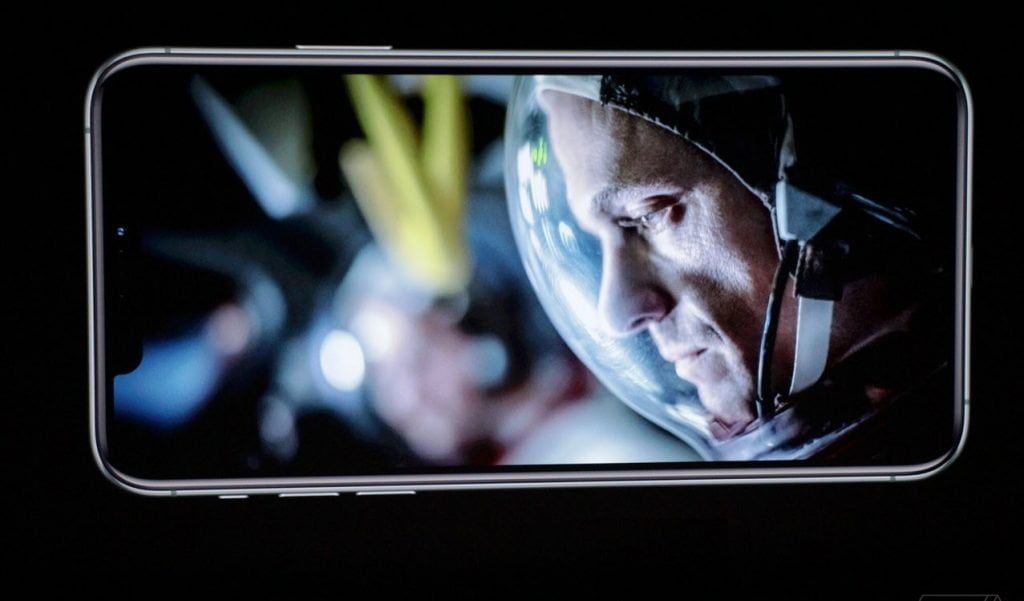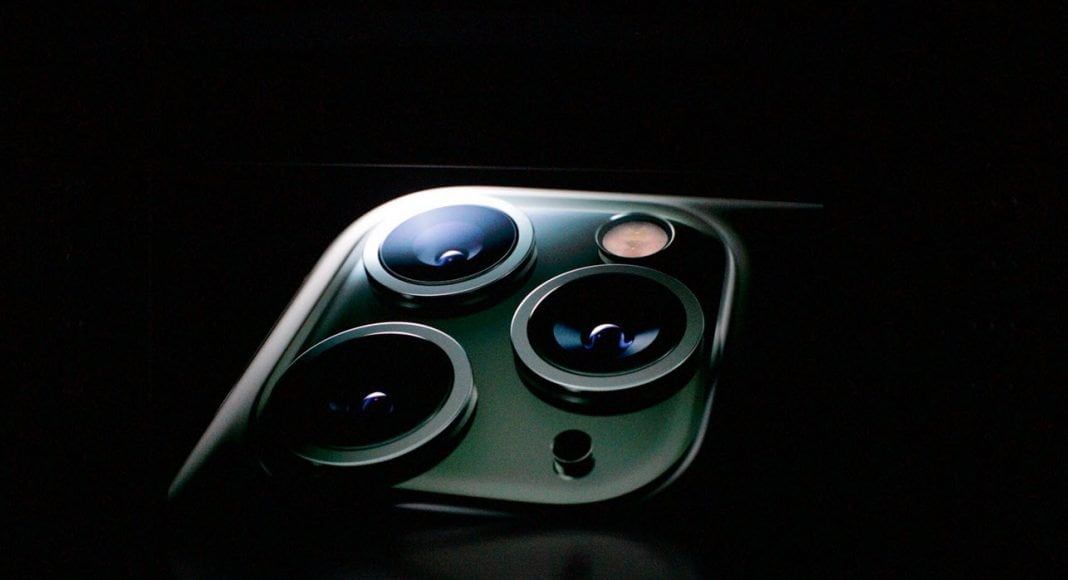On top of the new Apple TV+ service and Apple Watch series 5 , Apple has today unveiled 3 new phones– the iPhone 11, iPhone Pro and the largest iPhone Pro Max. Despite the number change, the two phones look pretty similar to last year’s iPhone XS and iPhone XS Max, but with one major change: a third rear camera. The iPhone 11 will replace last year’s iPhone XR.
According to Apple CEO Tim Cook, the iPhone 11 Pro is designed for customers who want the “most sophisticated technology.” There’s a new matte finish on the back and new colors: green, space gray, silver, and gold. Apple’s also upgraded the display to a new OLED panel, which goes up to an even brighter 1,200 nits, a 2 million to 1 contrast ratio, and is 15 percent more energy efficient. Apple calls it a Super Retina XDR display (similar branding to the Pro Display XDR that the company announced earlier this year).
Just like the standard iPhone 11, the new iPhone 11 Pro models will feature Apple’s A13 Bionic chip which Apple says has both the fastest CPU and GPU ever in a smartphone. Apple also touted improved machine learning performance (“the best machine learning platform in a smartphone,” it says).

Apple says that with all the improvements to efficiency, the 5.8-inch iPhone 11 Pro should get up to four hours better battery life than last year’s XS, and the larger iPhone 11 Pro Max will get up to five hours better battery than the XS Max.
The new camera system of the iPhone 11 Pro is one of the standout upgrades (quite literally, as it dominates the back of the phone in a gigantic square camera module). The new lens is a 12-megapixel ultra-wide lens with a 120-degree field of view, joining the wide-angle and telephoto cameras Apple has offered in the past.
The upgrades to the physical camera hardware of the iPhone 11 Pro are only part of the story, though. Apple is also upgrading its camera software, and it looks to finally be catching up with Android flagships like the Pixel line by adding a dedicated Night mode to improve performance in dark lighting. The feature kicks in automatically when you’re shooting in the dark, and the brief demo showed off onstage looked pretty impressive.
Apple also showed off a sneak peak of a new computational photography feature of the iPhone 11 Pro called “Deep Fusion,” that shoots nine images: four short images, four secondary images, and one long exposure. Then, it uses machine learning to combine those images into a single final image that promises added detail and less noise, through what Apple VP Phil Schiller calls “computational photography mad science.” It won’t be on the new phones at launch, though; Apple says it’ll come in a future software update.
Another onstage demo showed off a new version of Flimic Pro, demoing the ability for the new iPhone 11 Pro phones to actually shoot video from two of the cameras simultaneously (although the default camera app likely won’t be able to do that on its own.)
Also new with the iPhone 11 Pro phones is a faster, 18W charger that will (at long last) be included in the box with the phones.
The Pro and Pro Max will cost, $999 and $1099 will start shipping on September 20th. iPhone XR stays at $599, and iPhone 8 at $449.


